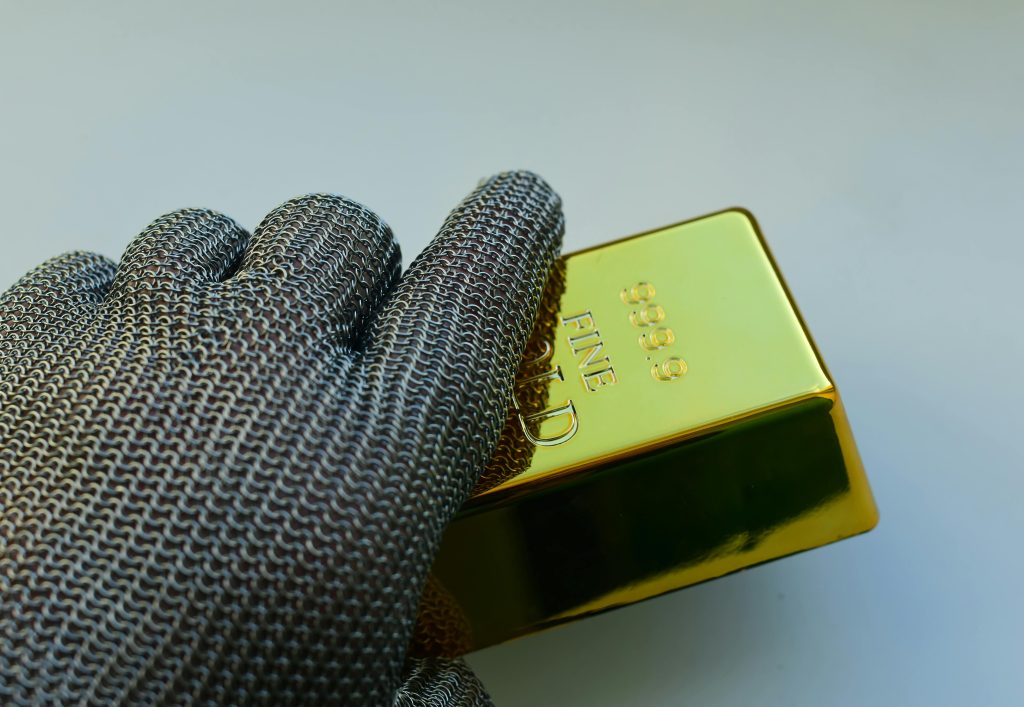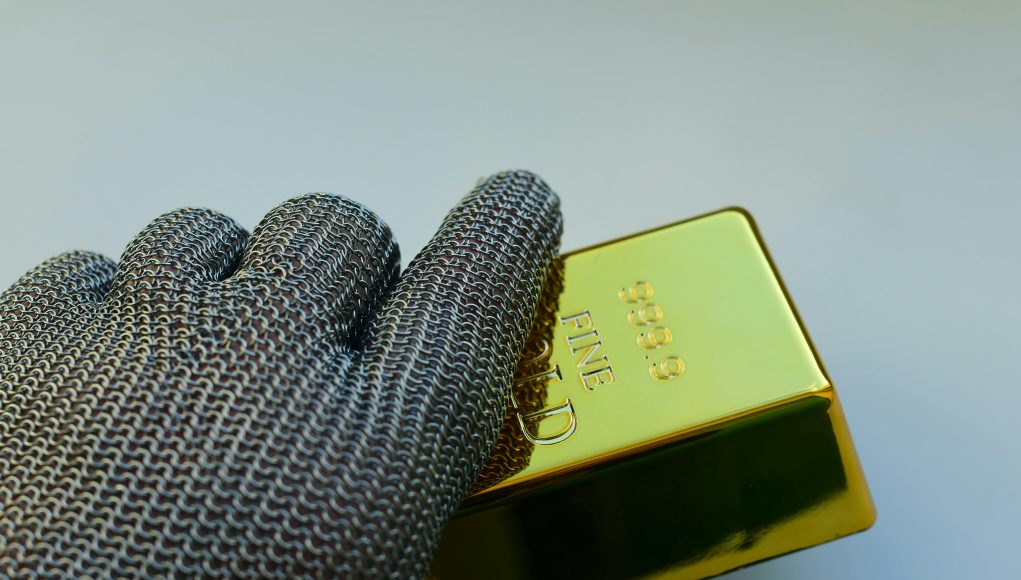
(Singapore, 31.10.2025)Gold prices steadied above the $4,000 mark on Friday as investors weighed the latest truce between the United States and China — a temporary pause in their prolonged trade and technology rivalry that raised as many questions as it answered.
The precious metal rose 0.4% to about $4,041 an ounce in Singapore, extending gains from a day earlier when it jumped 2.4% to end a four-day losing streak. Silver, platinum, and palladium also moved higher.
The steadier tone in the gold market followed a one-year trade truce reached between US President Donald Trump and Chinese President Xi Jinping during talks in South Korea. The agreement halts a new round of tit-for-tat tariffs and restrictions, but analysts say it does little to resolve the deeper rifts between the world’s two largest economies.
Both leaders hailed the deal as a step forward, though many observers see it more as a tactical pause than a breakthrough. Trump described the talks as “truly great,” while Xi emphasized “mutual respect and cooperation.” The truce freezes certain tariffs, eases restrictions on select Chinese firms, and resumes US agricultural exports such as soybeans.
In return, China agreed to relax rare earth curbs and maintain cooperation on fentanyl control — a politically sensitive issue for Washington. Yet, key disputes over technology access, industrial subsidies, and national security remain unresolved.
“This is only going to last for a period of months, or perhaps a year,” said Robert Lighthizer, Trump’s former trade negotiator. “Then we’ll be back there and have to look at it again.”
That sense of impermanence weighed on sentiment. US stock futures were little changed after the announcement, while China’s CSI 300 Index closed down 0.8%. Investors remain unconvinced that the truce marks a turning point in the broader struggle for global economic dominance.
China’s Growing Leverage
The meeting also underscored how much China’s position has strengthened since Trump’s first term. Analysts say Beijing’s dominance in rare earth materials — essential to advanced technologies — helped pressure Washington into softening its latest export curbs.
“China gave some ground, but the dynamic shows how Chinese threats have gotten the US to back off a series of proposed restrictions,” said Scott Kennedy of the Center for Strategic and International Studies. “Xi has created more safe space for China’s economic system and its efforts to achieve greater global leadership.”
For Beijing, the truce buys time to advance its long-term goal of technological self-reliance. Its latest five-year plan prioritizes developing domestic chipmaking capabilities and reducing dependence on US components.
Gold’s Safe-Haven Appeal
Against this backdrop of geopolitical uncertainty, gold remains a preferred refuge for investors. The metal has surged more than 50% this year, supported by concerns over global instability, inflation pressures, and strong central-bank buying.
According to the World Gold Council, central banks purchased 28% more gold in the third quarter than in the previous three months, reversing an earlier slowdown. Many countries, particularly in Asia, have also been diversifying their reserves away from the US dollar.
Still, gold’s rally has cooled in recent weeks. After hitting a record $4,380 an ounce on October 20, prices have eased as expectations for aggressive US rate cuts faded. Federal Reserve Chair Jerome Powell recently warned markets not to expect a December rate reduction, pushing Treasury yields higher and weighing on non-yielding assets like gold.
Despite the pullback, analysts say the metal remains well supported by lingering geopolitical and economic uncertainty. “The truce may ease tensions temporarily, but it doesn’t erase the long-term rivalry between Washington and Beijing,” said one commodities strategist in Singapore. “That means demand for safe-haven assets like gold will stay strong.”
Political and Economic Calculations
For Trump, the truce offers short-term political benefits. The resumption of farm exports could boost support among US farmers, while approval of the sale of TikTok’s US operations provides a symbolic win with younger voters ahead of next year’s midterm elections. He also avoided criticism from policy hawks by keeping restrictions on advanced AI chips and reaffirming US support for Taiwan.
China, meanwhile, has its own victories to highlight. The US decision to pause a new “affiliate rule” — which would have extended export bans to thousands of Chinese subsidiaries — marked a significant concession. “At least for now, we’ve seized America’s weak spot,” said Tu Xinquan, a former adviser to China’s Commerce Ministry.
While both governments described the deal as a “win-win,” market reaction was muted. Many investors saw the announcement as another round of diplomatic theater rather than a structural shift.
“We’ve heard this playbook before — optimistic tone, little follow-through,” said Charu Chanana, chief investment strategist at Saxo Markets. “What markets wanted was something concrete to turn optimism into conviction.”
Trade tensions between Washington and Beijing have long ranked among the biggest risks to the global economy, shaping everything from commodity prices to supply chains. Even as this temporary peace cools rhetoric, businesses and investors remain cautious, preparing for renewed friction once the one-year deal expires.
As markets digest the fragile truce, one thing is clear: the world’s two largest economies may be talking again, but their rivalry is far from resolved. For investors, that means gold will likely remain the ultimate hedge against uncertainty.





































